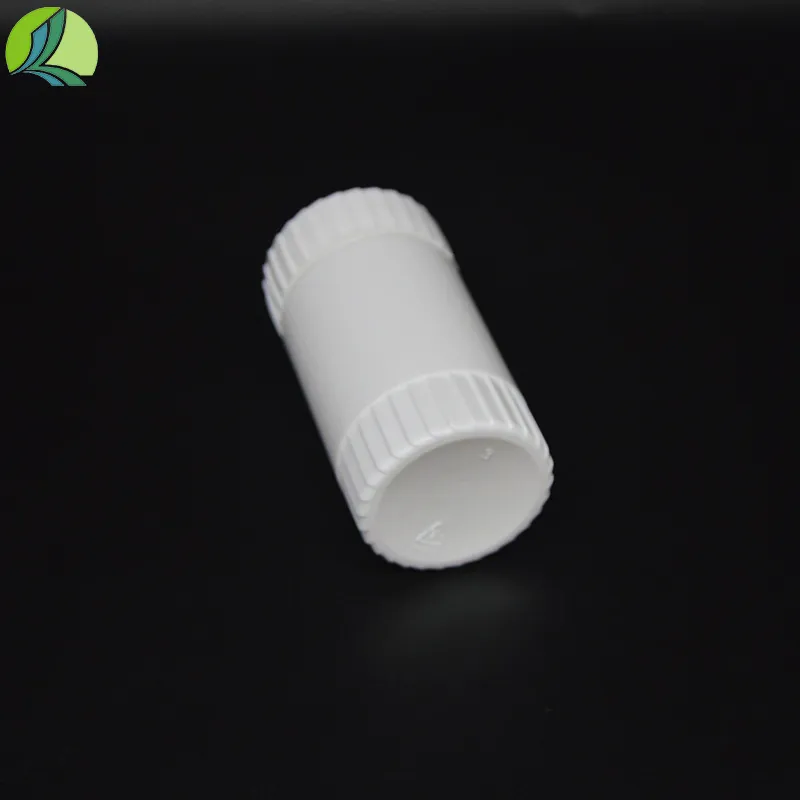100 ml centrifuge tubes plastic
The Importance of 100 ml Centrifuge Tubes in Laboratories
Centrifuge tubes are essential tools in laboratories, widely used for the separation and analysis of samples. Among the various options available, 100 ml plastic centrifuge tubes have gained significant popularity due to their versatility, durability, and cost-effectiveness. This article delves into the features, applications, and advantages of using 100 ml centrifuge tubes in scientific research.
Features and Specifications
100 ml centrifuge tubes are typically made from high-quality, durable plastic materials such as polypropylene. This choice of material is crucial as it ensures that the tubes can withstand the high centrifugal forces encountered during operation. Most tubes are designed to have a graduated scale, which allows for precise measurement of liquid volumes. Additionally, many 100 ml centrifuge tubes come with secure caps that prevent any leaks or contamination, thereby protecting the integrity of the sample.
Applications in Various Fields
These tubes are extensively used across various scientific fields including biology, chemistry, and clinical research. In biological applications, 100 ml centrifuge tubes serve as containers for blood or other bodily fluids, facilitating the separation of plasma from cells. They are also utilized in microbiology for the centrifugation of microbial cultures, allowing researchers to obtain concentrated samples for further analysis.
100 ml centrifuge tubes plastic

In the field of chemistry, these tubes are often used for the preparation of solutions, where precise volumetric measurements are critical. They are also essential in DNA and RNA extraction processes, where different phases are separated through centrifugation. Furthermore, in the pharmaceutical industry, 100 ml centrifuge tubes help in the formulation of drugs and the analysis of different compounds.
Advantages of Plastic Centrifuge Tubes
The choice of plastic over glass for centrifuge tubes presents several advantages. First, plastic tubes are less likely to break compared to glass, reducing the risk of injuries and cross-contamination in the laboratory. Additionally, plastic tubes are lighter and easier to handle, which is particularly beneficial in high-throughput environments where efficiency is key.
Furthermore, the cost-effectiveness of plastic tubes is significant, allowing laboratories with budget constraints to procure these essential tools without compromising on quality. Their disposability is also an advantage, as it eliminates the need for sterilization and reduces the risk of contamination.
Conclusion
In conclusion, 100 ml centrifuge tubes made of plastic are invaluable assets in laboratories worldwide. Their robust construction, precision features, and wide range of applications make them essential for researchers across diverse scientific fields. As laboratories continue to advance and demand high-quality equipment, the significance of these centrifuge tubes will only continue to grow, proving their worth in the pursuit of scientific discovery and innovation.
-
Aesthetic Makeup Spray Bottles | Fine Mist Empty RefillableNewsAug.19,2025
-
White Plastic Veterinary Vaccine Vials | Lab Liquid BottlesNewsAug.18,2025
-
Plastic Medicine Liquid Bottle: Secure Flip Top Drug VialsNewsAug.17,2025
-
Durable 250ml Blue Plastic Vaccine Vial for Lab & Vet UseNewsAug.16,2025
-
Sterile Virus Sample Tubes: Secure & Reliable Specimen CollectionNewsAug.15,2025
-
White 250ml Plastic Vaccine Vial for Lab & Vet MedicineNewsAug.14,2025
























